Faire peau neuve
2019
FR: Dans les boutiques de seconde main, de nombreuses céramiques en bon état ne sont pas vendues. Ce projet vise à retravailler leur surface, de telle sorte à ce qu’elles ne soient pas jetées. Avec le sablage, certains morceaux de la surface sont effacés. L’application d’un nouvel émail fait fondre le précédent dessin. Enfin, l’application d’un papier transfert joue sur la superposition des images. Un livret expliquant les techniques utilisées a été crée pour implémenter des workshops dans les boutiques de seconde-main. Ce projet fut exposé au musée Voorlinden à la Haye en 2019. En 2022, il fut sélectionné par le German council et exposé pendant la design week de Milan.
EN: A majority of objects from second-hand shops aren’t sold and are sent to the incinerator. Ceramic crockery, even when in good condition, is not sold because of their outdated look. This project is about redesigning their surfaces to make them less likely to be thrown away. With sandblasting, some parts of the surface are erased, transforming the previous pattern into a new one. Another technique consists in applying a new glaze onto the surface, making the previous pattern melt. Finally, I used transfer paper, adding a new layer on top of the previous one. I created a book explaining the different techniques to redesign the surfaces of old ceramics, in order to implement ‘re-designing workshops’ in second-hand shops directly. This project won the ‘One&Twenty’ competition of the German design council, and was exhibited during the Milano Design Week 2022.
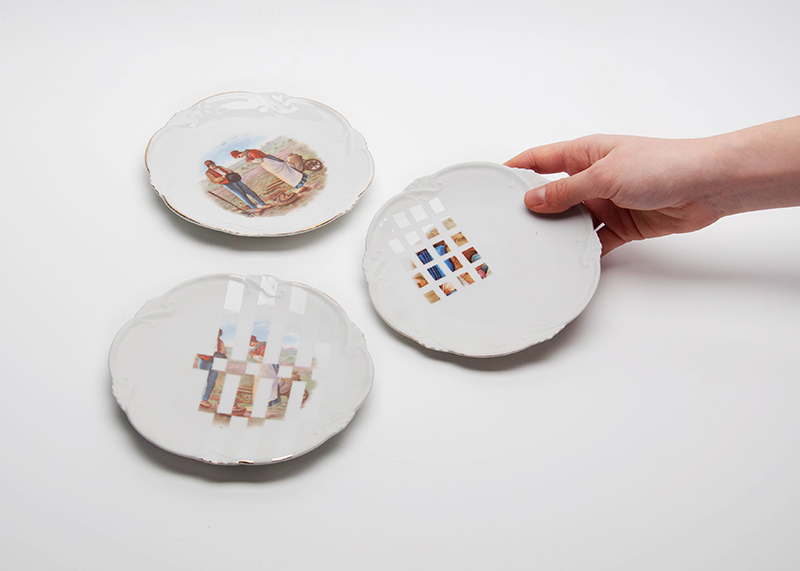
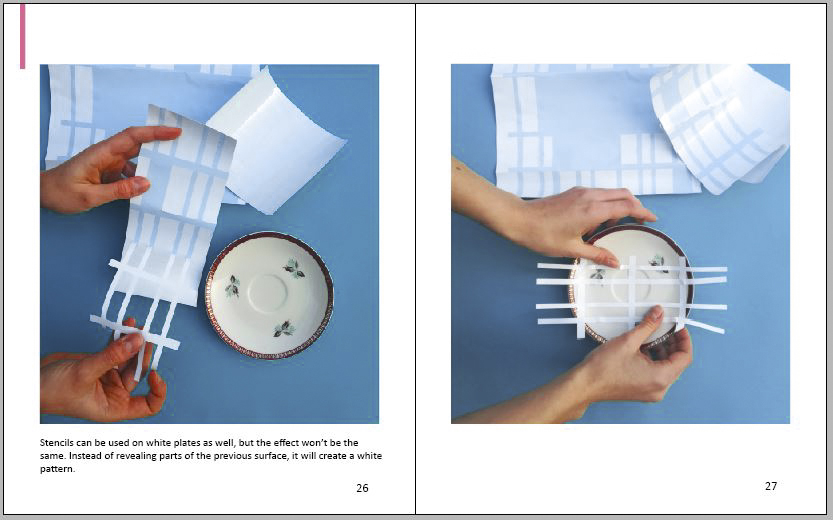
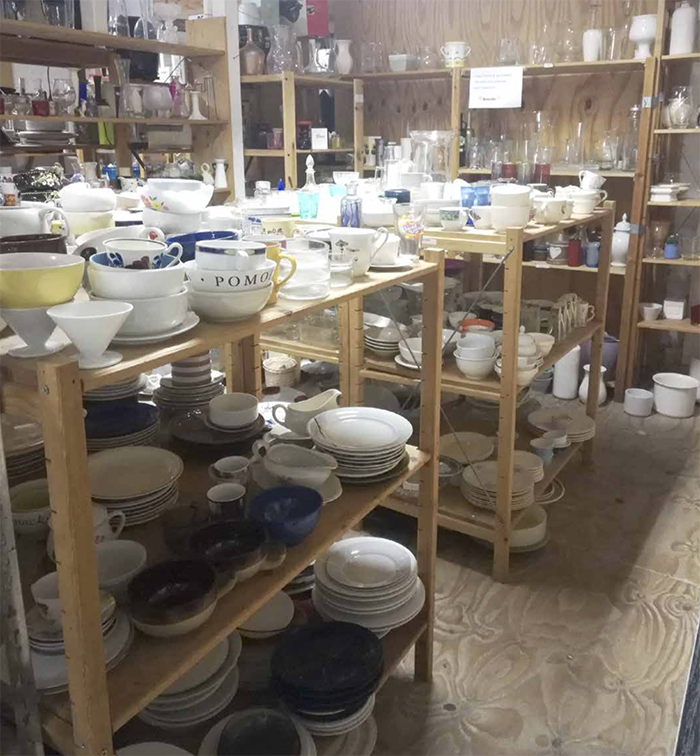
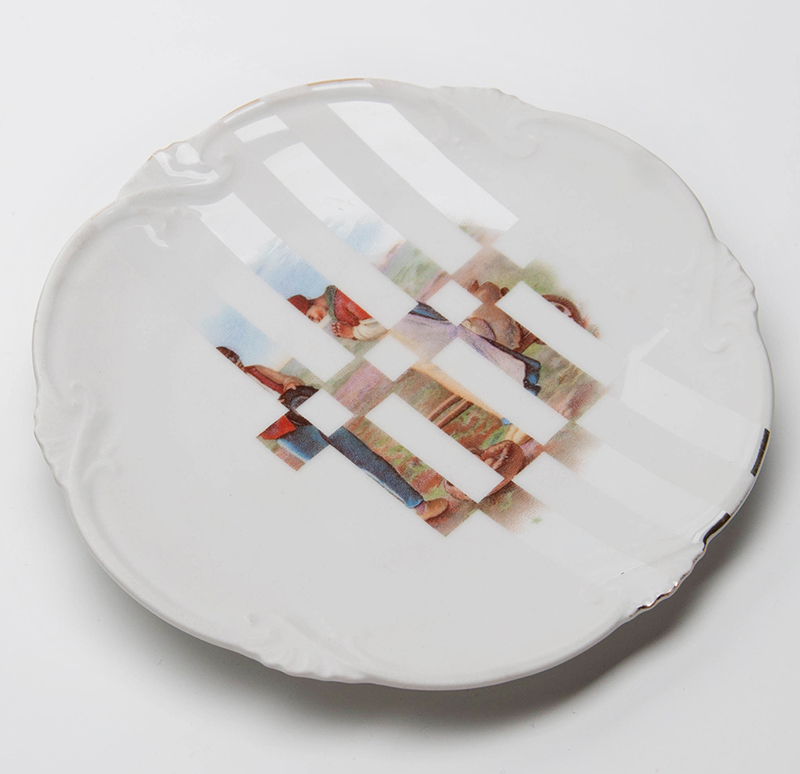
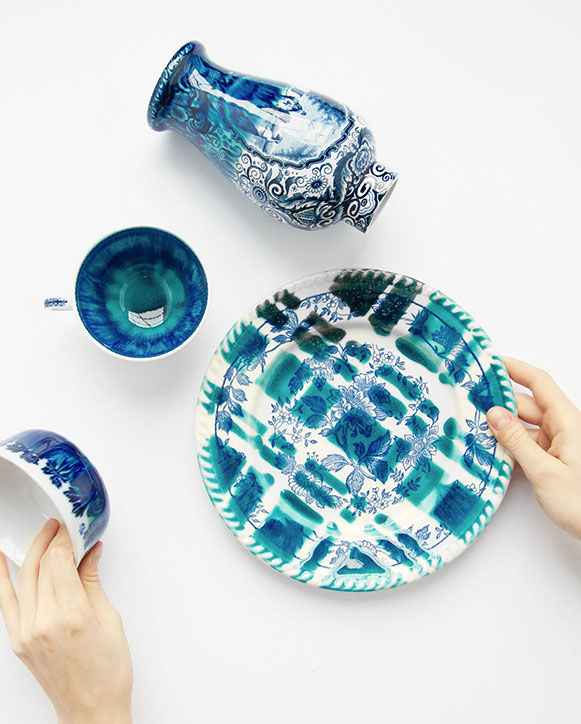
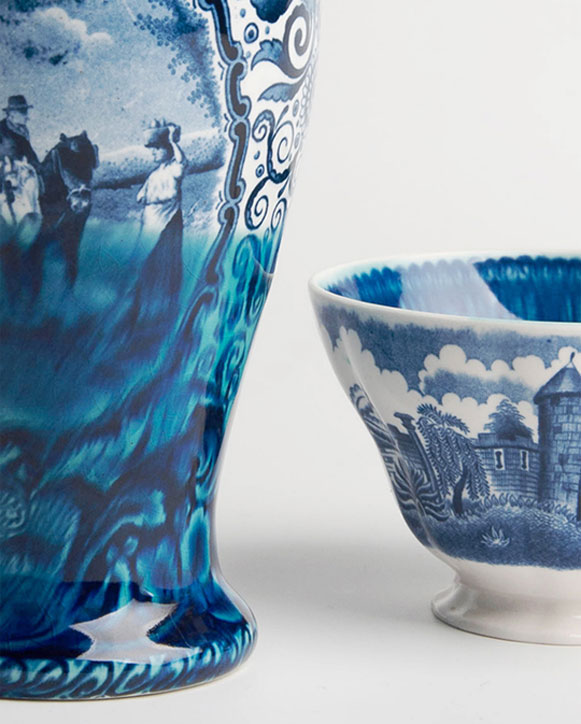
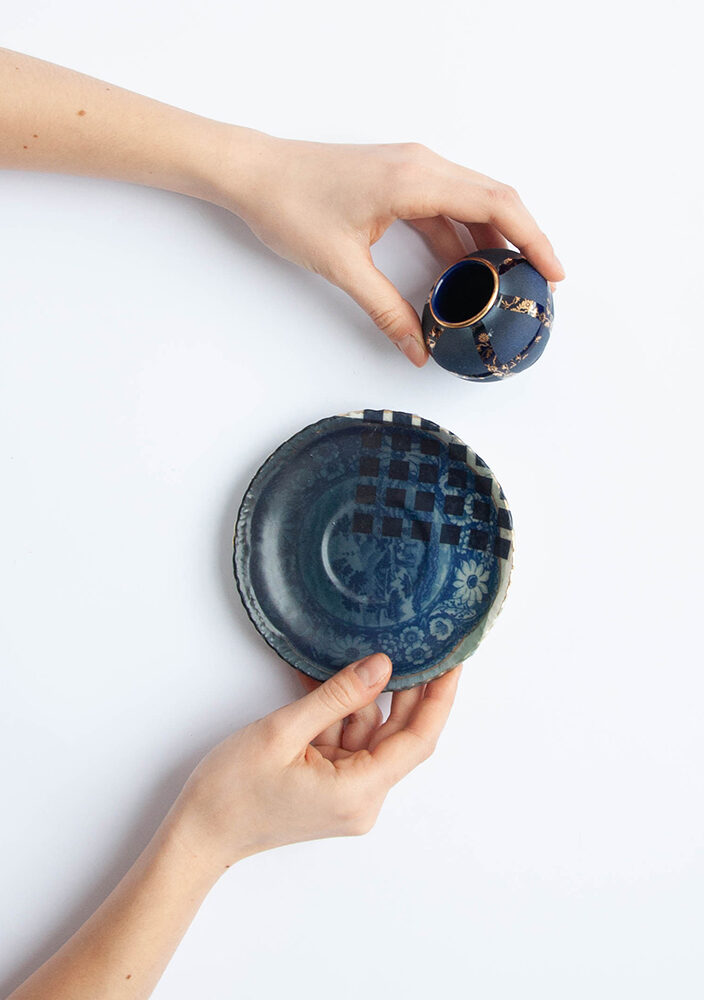
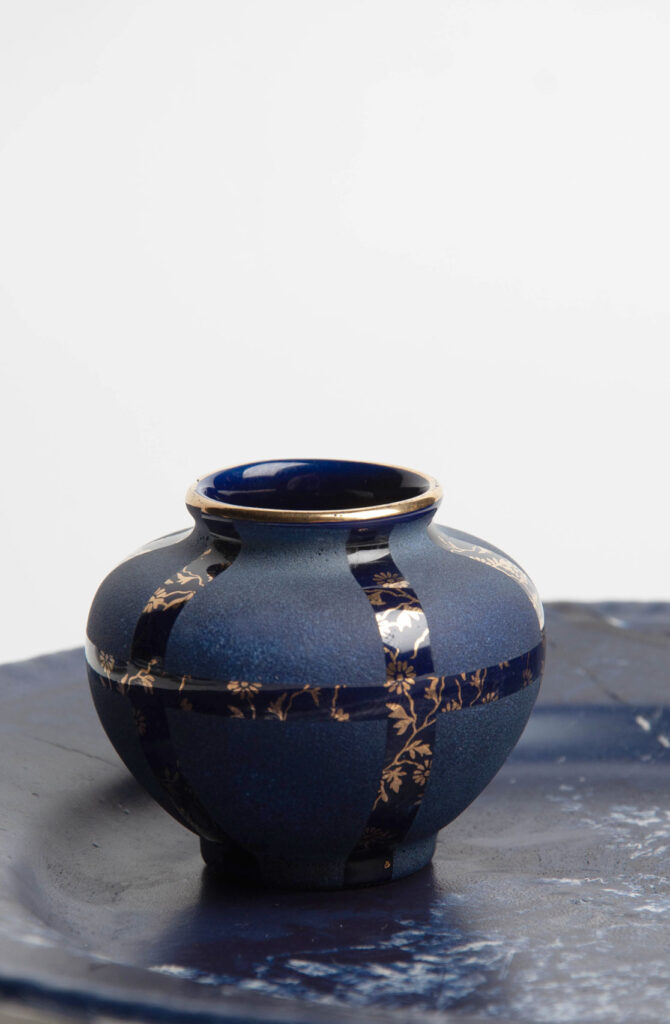

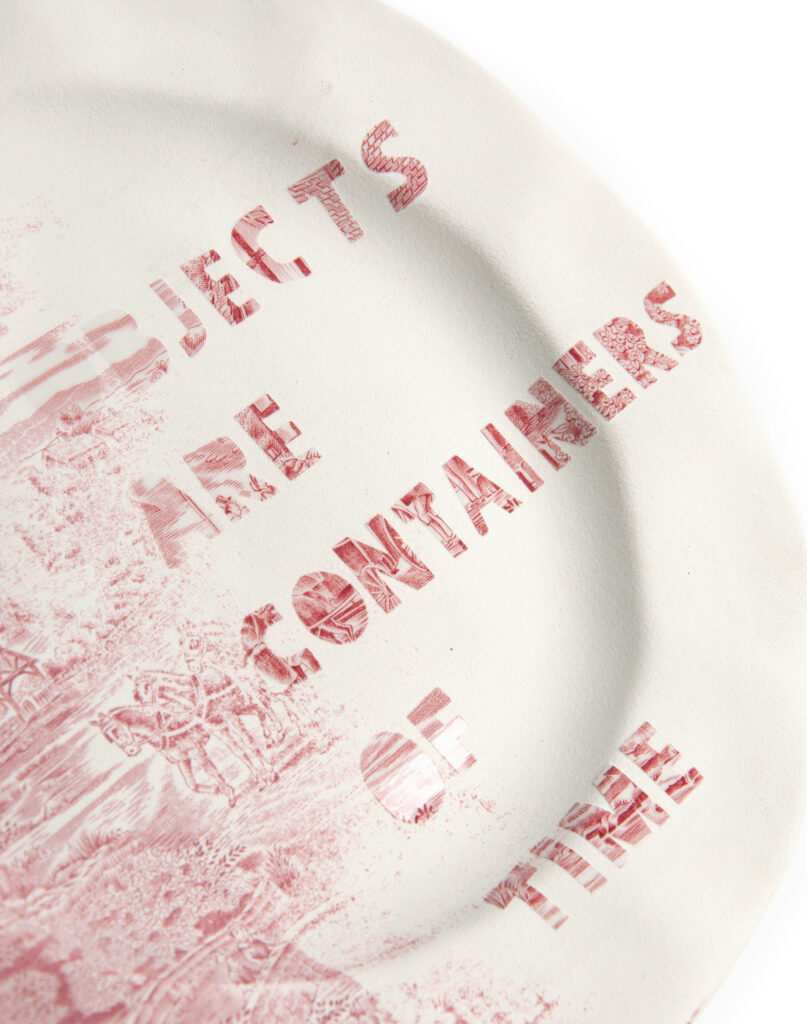
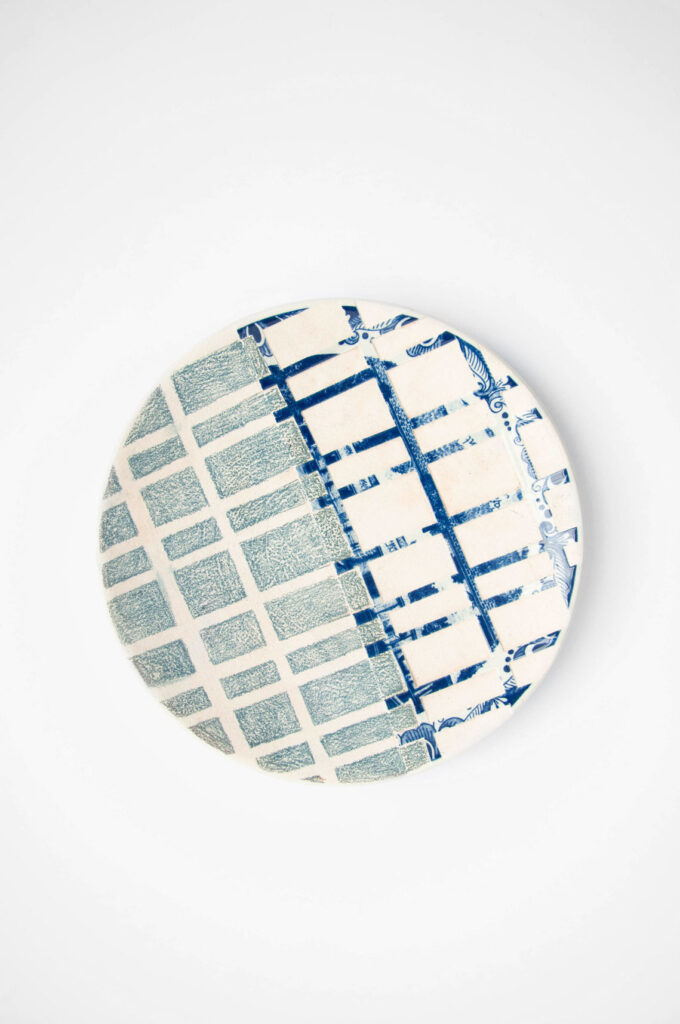
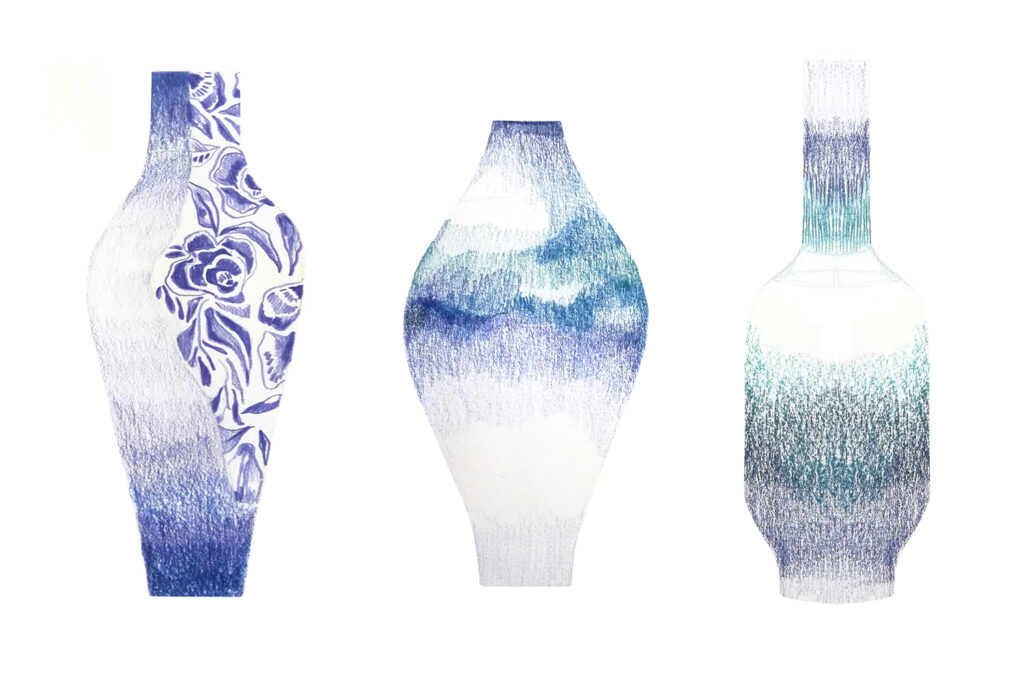
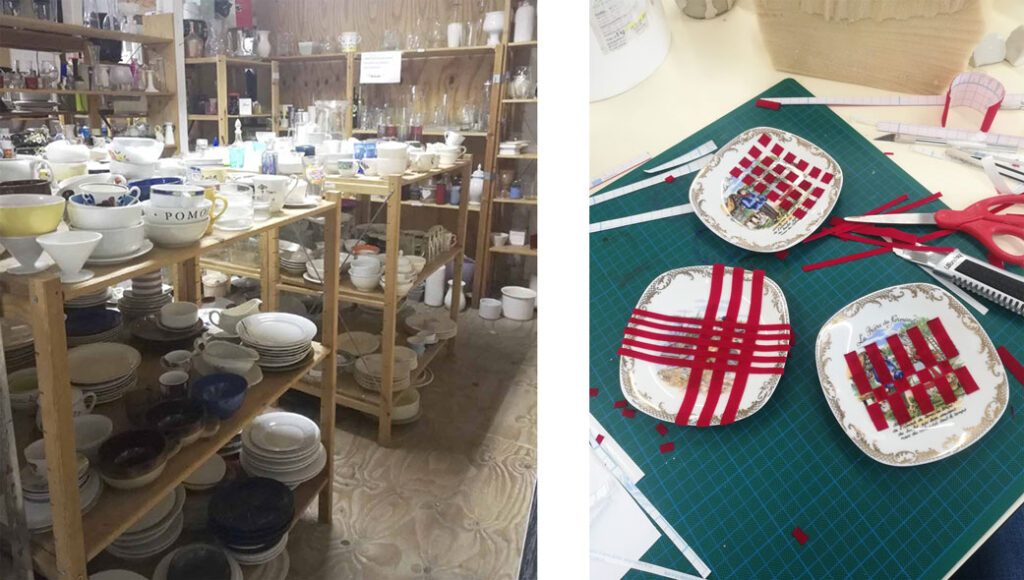
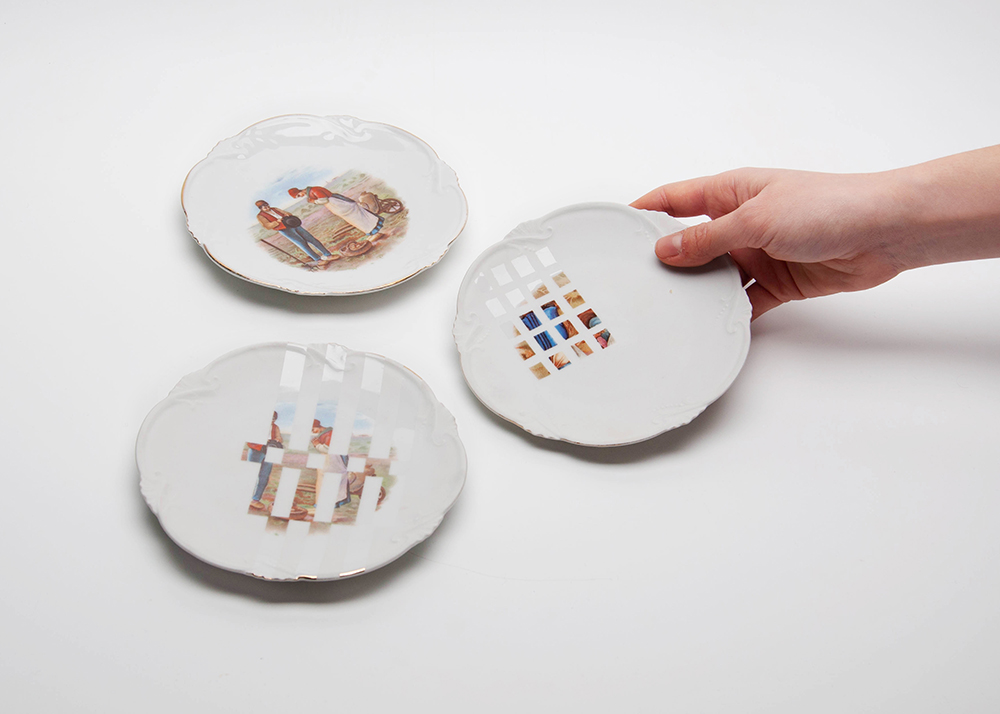
Faire peau neuve
2019
FR: Dans les boutiques de seconde main, de nombreuses céramiques en bon état ne sont pas vendues. Ce projet vise à retravailler leur surface, de telle sorte à ce qu’elles ne soient pas jetées. Trois techniques sont utilisées. Avec le sablage, certains morceaux de la surface sont effacés. L’application d’un nouvel émail fait fondre le précédent dessin. Enfin, l’application d’un papier transfert joue sur la superposition des images. L’ancienne illustration participe à la création d’un nouveau motif, le passé et le présent se rencontrent sur la surface. Ce projet fut exposé au musée Voorlinden à la Haye en 2019. En 2022, il fut sélectionné par le German council et exposé pendant la design week de Milan.
EN: A majority of objects from second-hand shops aren’t sold and are sent to the incinerator. Ceramic crockery, even when in good condition, is not sold because of their outdated look. This project is about redesigning their surfaces to make them less likely to be thrown away. With sandblasting, some parts of the surface are erased, transforming the previous pattern into a new one. Another technique consists in applying a new glaze onto the surface, making the previous pattern melt. Finally, I used transfer paper, adding a new layer on top of the previous one. The goal is to bring new life to these objects, while keeping a trace of their past. This project won the ‘One&Twenty’ competition of the German design council, and was exhibited during the Milano Design Week 2022.
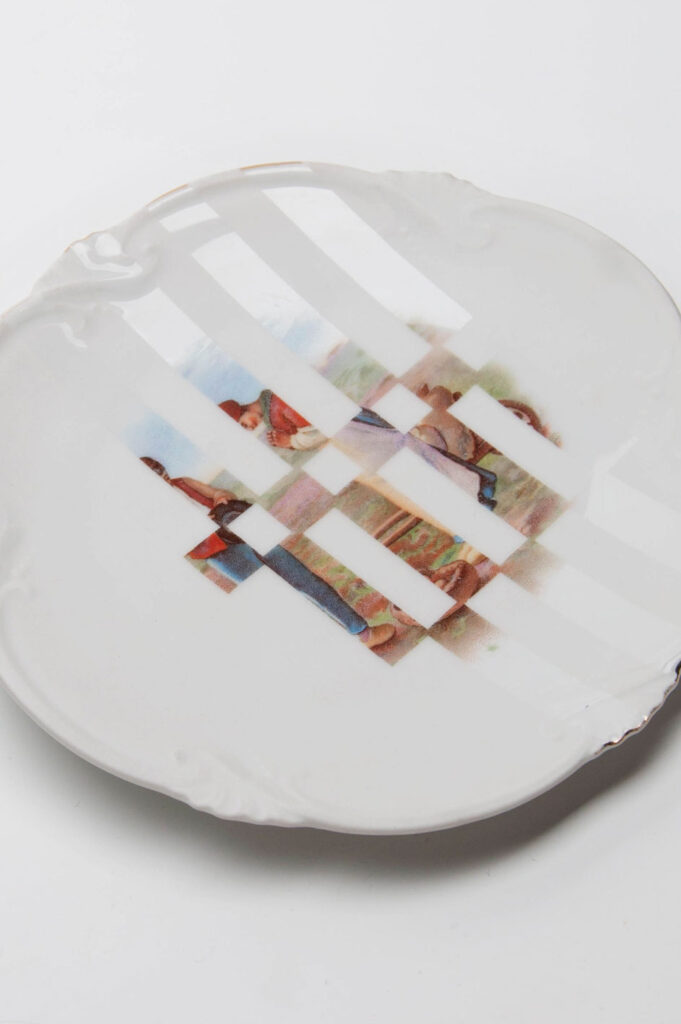


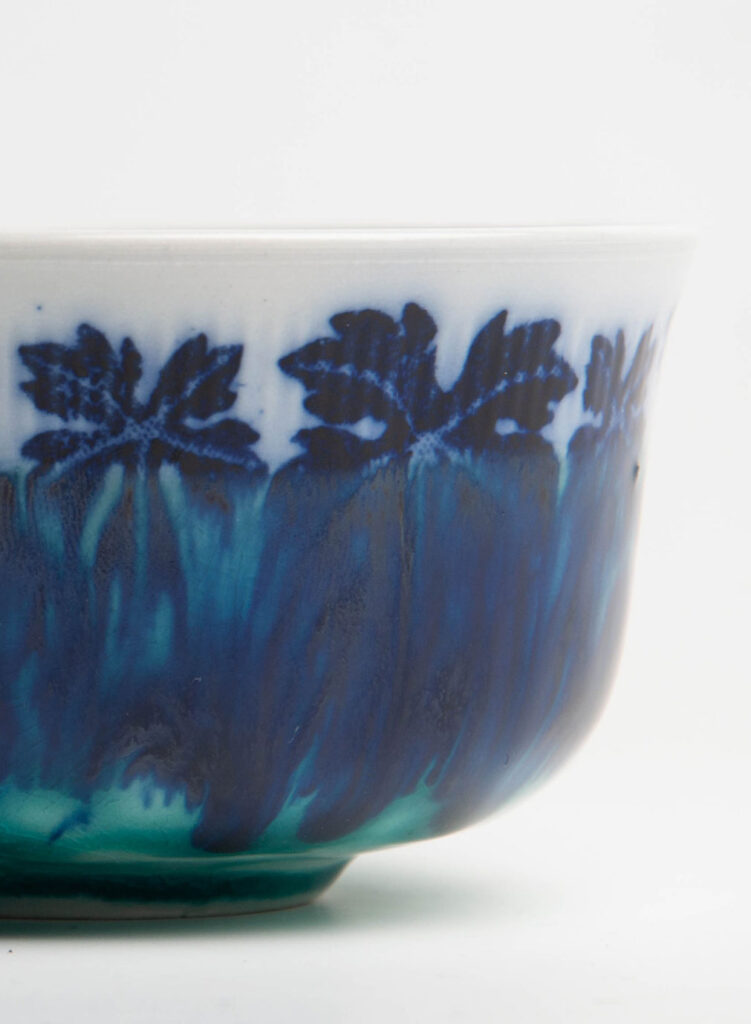

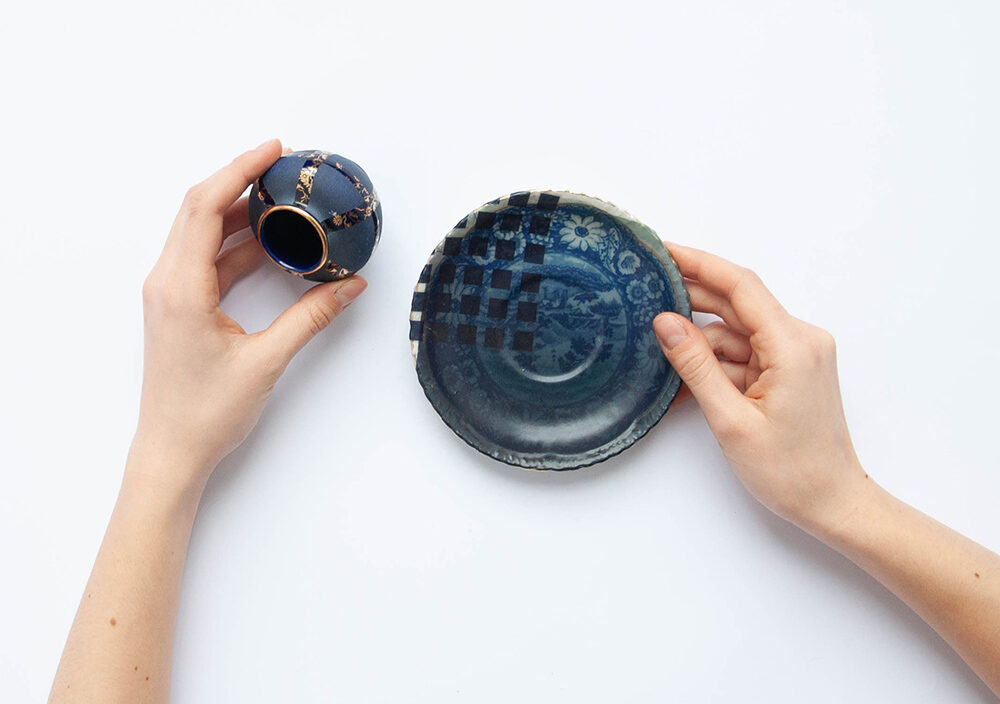


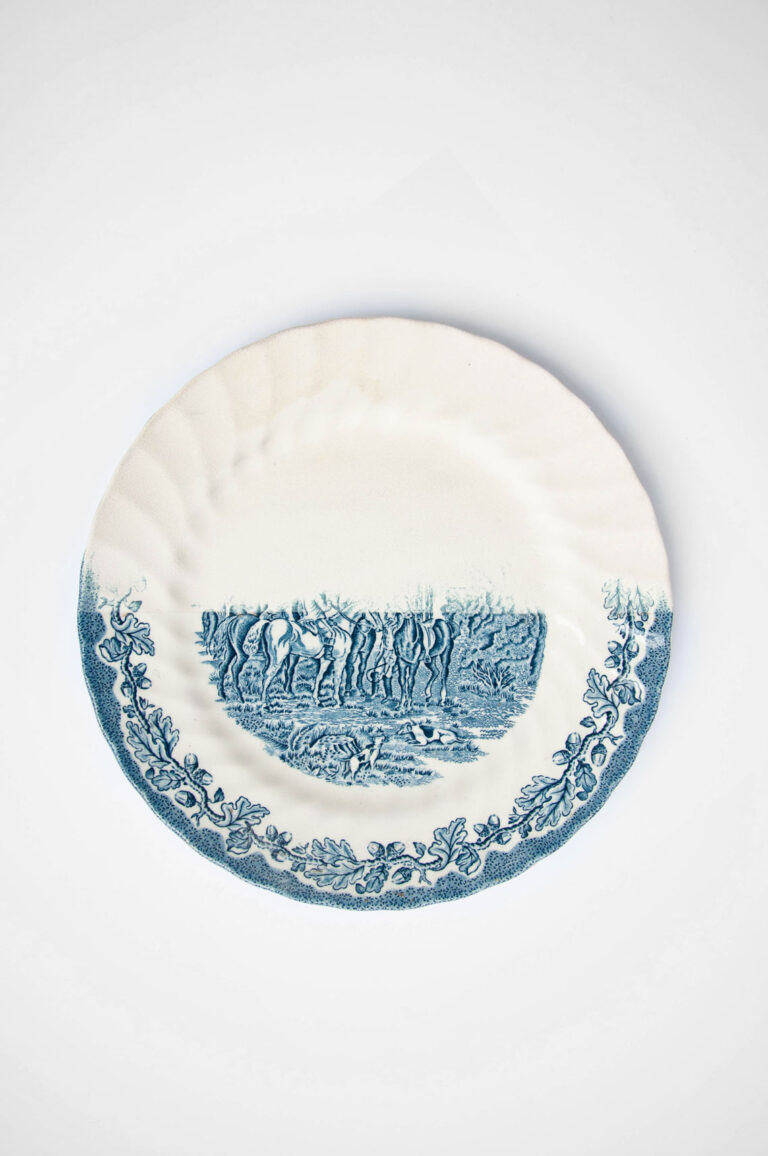
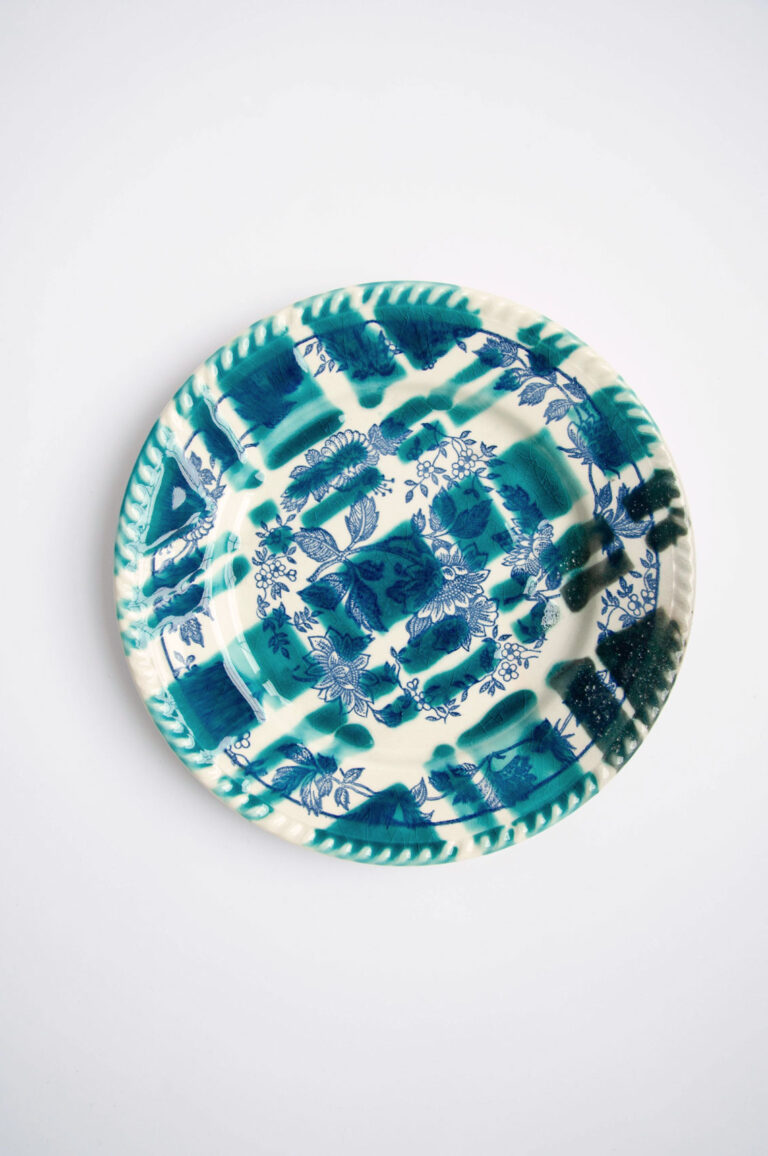
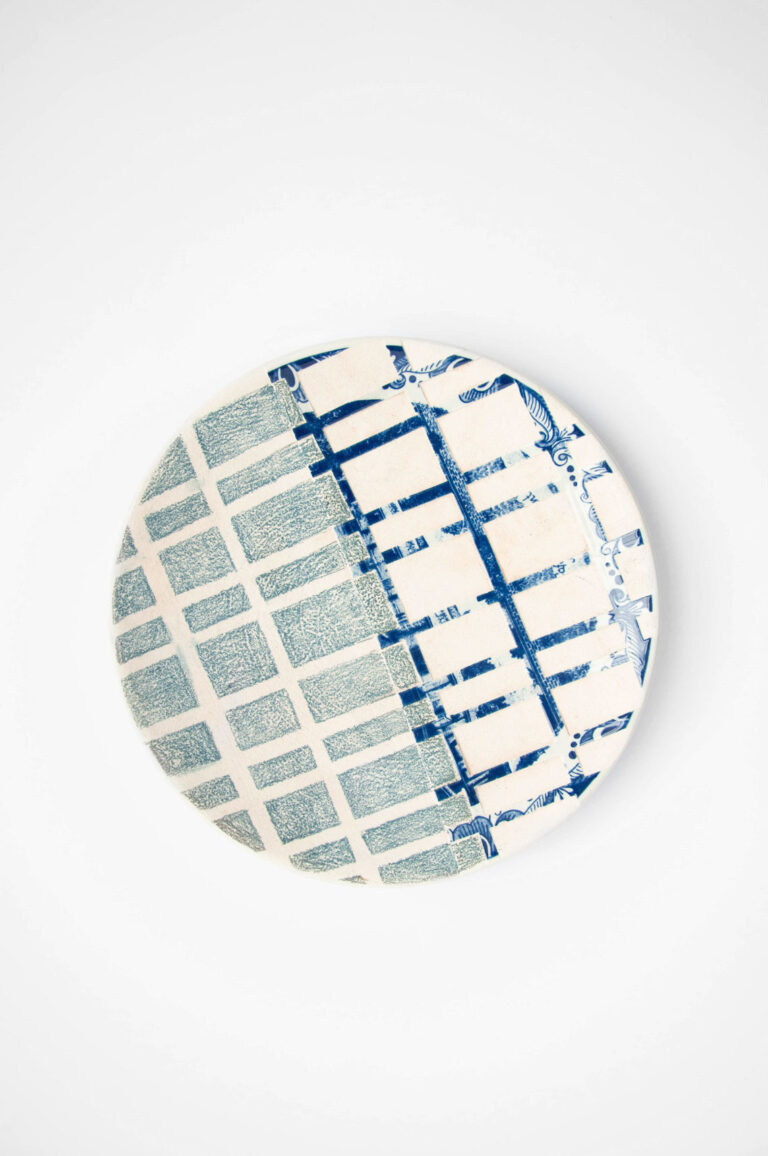
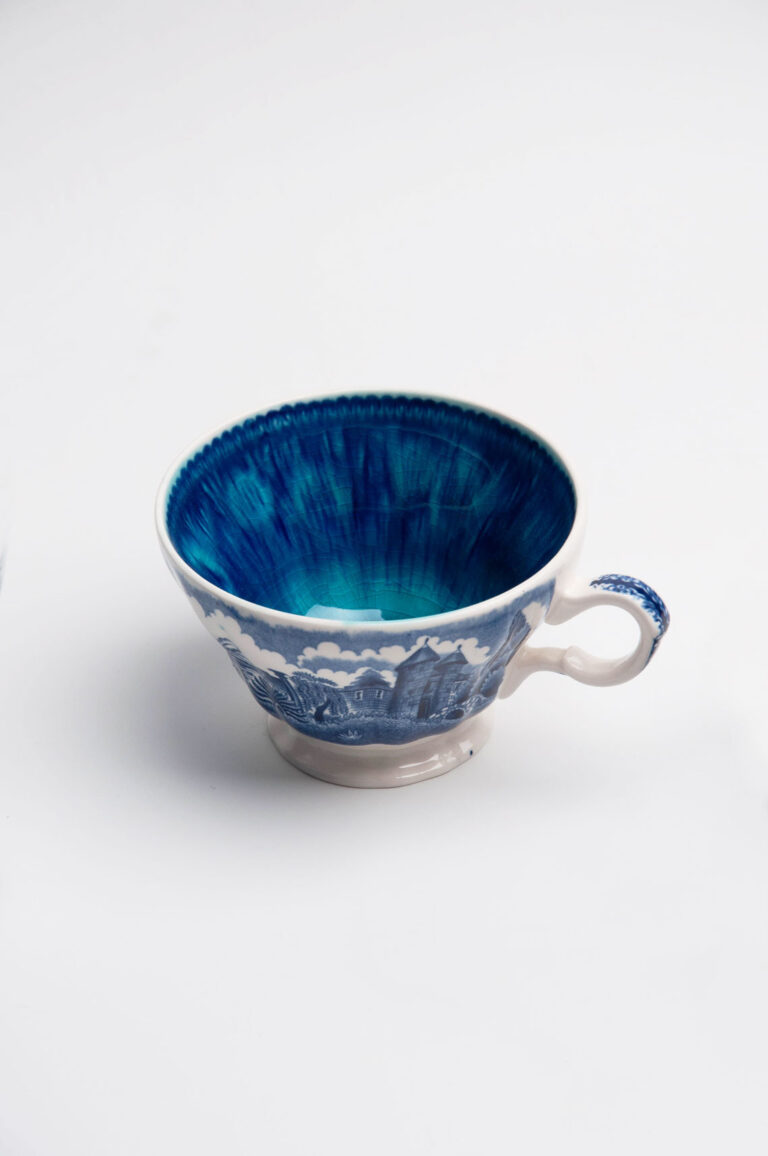
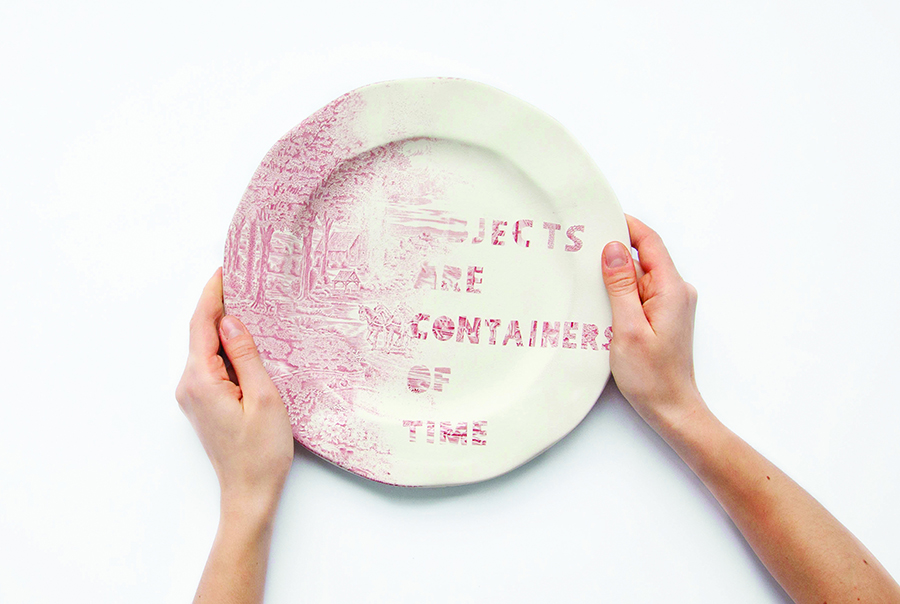

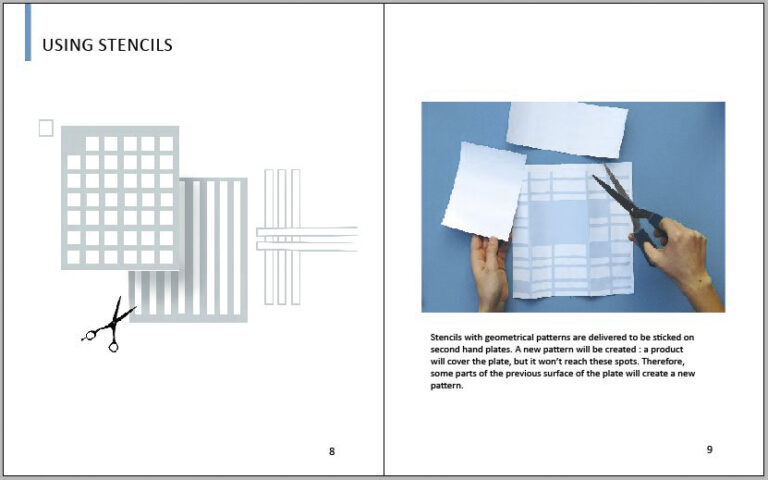
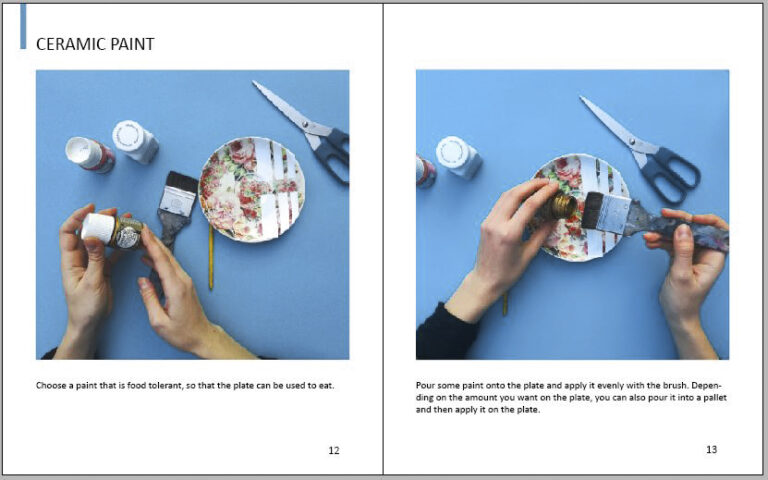
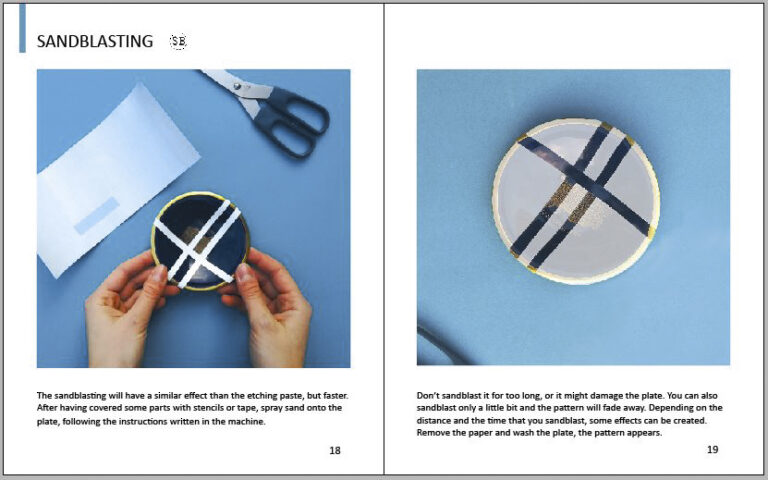
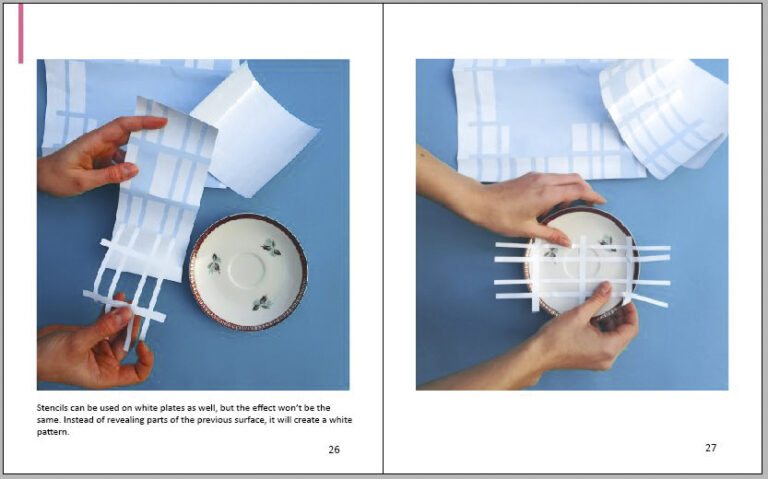
FR: Ce livret explique les techniques utilisées pour retravailler les surfaces des objets. Des pochoirs sont délivrés afin de faciliter les actions et de rendre le processus accessible à chacun.
EN: To make this process easily replicable, I created a book which explains the different techniques to redesign the surfaces of old ceramics. The goal is to implement ‘re-designing workshops’ in second-hand shops directly.
